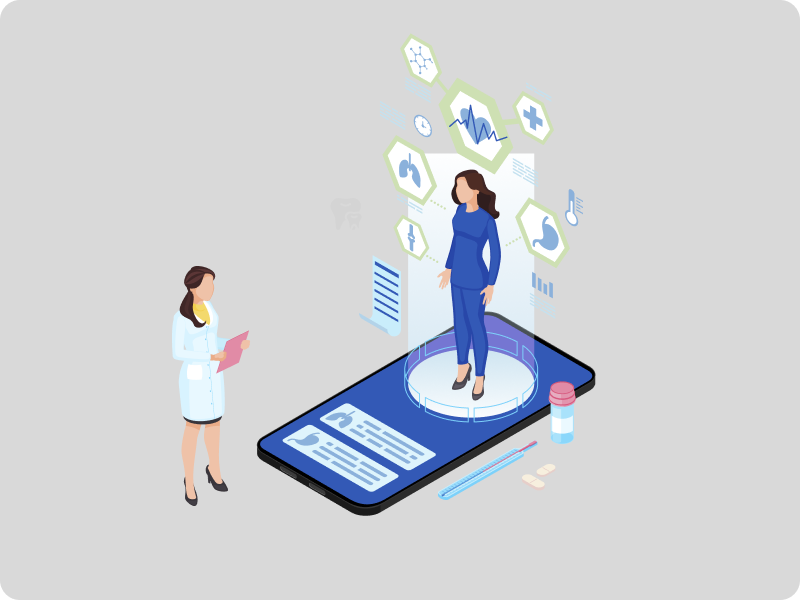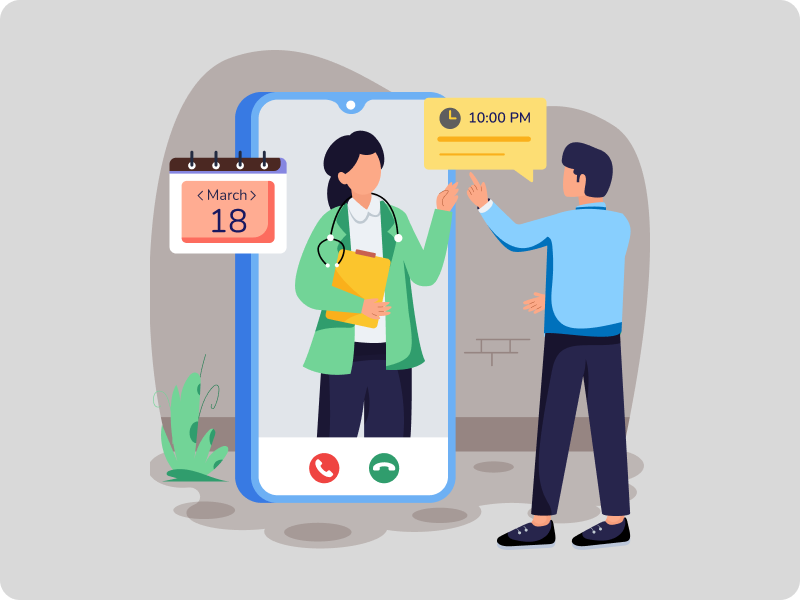Top Healthcare Technology Integration Methods Revolutionizing Patient Care
The healthcare industry is undergoing a digital transformation, with technology playing a pivotal role in improving patient care, streamlining operations and enhancing outcomes. However, the true power of technology lies in its integration—seamlessly connecting systems, tools and data to create a cohesive and efficient healthcare ecosystem.
In this blog, we’ll explore the top healthcare technology integration methods that are revolutionizing patient care, making healthcare delivery more efficient, personalized and accessible.
Why Technology Integration Matters in Healthcare
Technology integration refers to the process of combining different healthcare systems, applications and devices to work together seamlessly. This integration is essential for:
- Improving Patient Care: Integrated systems provide a holistic view of patient data, enabling better diagnosis and treatment.
- Enhancing Efficiency: Streamlined workflows reduce administrative burdens and allow healthcare providers to focus on patient care.
- Reducing Errors: Integrated systems minimize the risk of data entry errors and ensure accurate, up-to-date information.
- Enabling Data-Driven Decisions: Access to comprehensive data allows healthcare providers to make informed decisions and improve outcomes.
Top Healthcare Technology Integration Methods
1. Electronic Medical Records (EMR) Integration
EMR systems are the backbone of modern healthcare, but their true potential is realized when integrated with other systems like lab results, imaging and pharmacy databases. This integration ensures that all patient information is accessible in one place, improving coordination and reducing duplication of tests.
2. Interoperability Standards (HL7, FHIR)
Interoperability is the ability of different healthcare systems to exchange and use data. Standards like HL7 (Health Level Seven) and FHIR (Fast Healthcare Interoperability Resources) enable seamless data sharing between systems, ensuring that patient information is accurate and accessible across providers.
3. Telemedicine Integration
Telemedicine has become a cornerstone of modern healthcare, especially in remote and underserved areas. Integrating telemedicine platforms with EMRs and patient portals allows for seamless virtual consultations, remote monitoring and follow-up care.
4. Wearable Device Integration
Wearable devices like fitness trackers and smartwatches generate valuable health data. Integrating these devices with healthcare systems allows providers to monitor patients in real-time, track chronic conditions and provide personalized care.
5. Patient Portal Integration
Patient portals empower individuals to take control of their health by providing access to medical records, test results and appointment schedules. Integrating patient portals with EHRs and billing systems enhances patient engagement and satisfaction.
6. Artificial Intelligence (AI) and Machine Learning Integration
AI and machine learning algorithms can analyze vast amounts of data to identify patterns, predict outcomes and recommend treatments. Integrating AI tools with healthcare systems enhances diagnostic accuracy, personalizes treatment plans and improves operational efficiency.
7. Cloud-Based Integration
Cloud-based solutions offer scalability, flexibility and cost-efficiency. Integrating cloud platforms with healthcare systems ensures secure data storage, easy access and seamless collaboration between providers.
8. Revenue Cycle Management (RCM) Integration
Integrating RCM systems with EMRs and billing platforms streamlines financial operations, reduces errors and ensures timely reimbursements. This integration improves cash flow and allows healthcare providers to focus on patient care.
Benefits of Healthcare Technology Integration
- Improved Patient Outcomes: Access to comprehensive data enables better diagnosis and treatment.
- Enhanced Patient Experience: Seamless communication and personalized care improve patient satisfaction.
- Operational Efficiency: Streamlined workflows reduce administrative burdens and costs.
- Data Security: Integrated systems ensure secure data storage and compliance with regulations.
- Scalability: Integrated solutions can grow with your practice, accommodating more patients and data.
Conclusion
Healthcare technology integration is revolutionizing patient care by connecting systems, tools and data to create a seamless and efficient healthcare ecosystem. From EHR integration to AI-powered analytics, these methods are transforming how healthcare is delivered, making it more personalized, accessible and effective.
At JGDHealth, we specialize in healthcare technology integration, helping providers streamline operations and enhance patient care. Our solutions are designed to be user-friendly, secure and scalable, ensuring that your practice stays ahead in the digital age.




